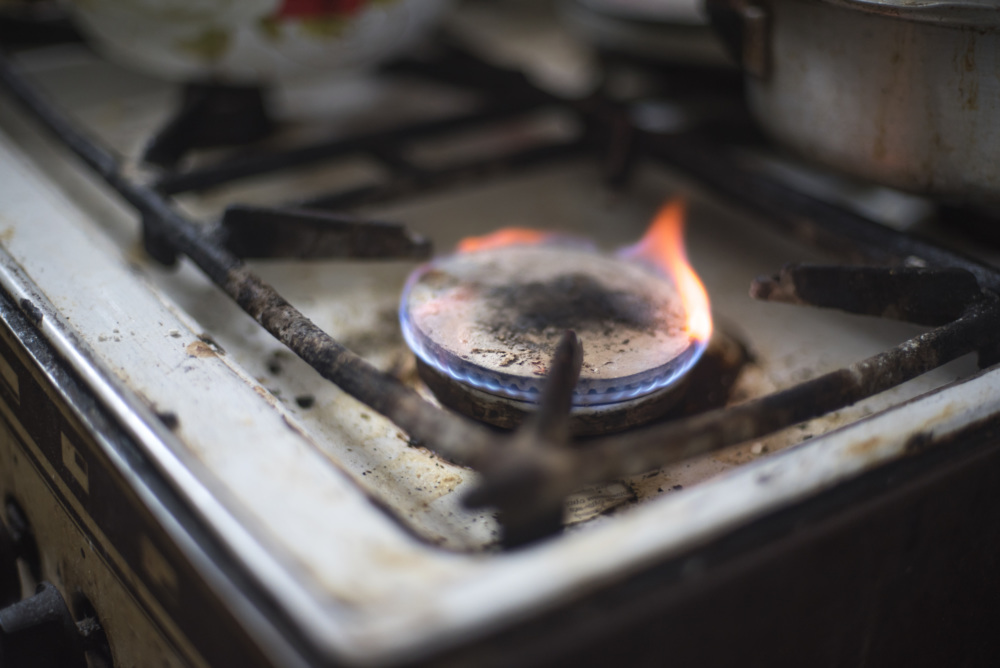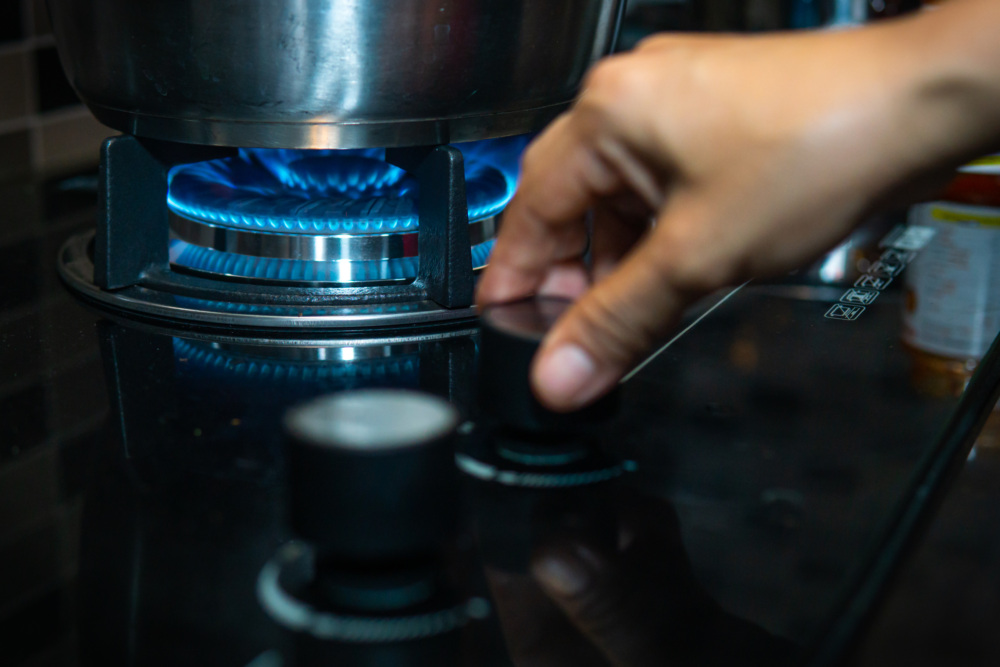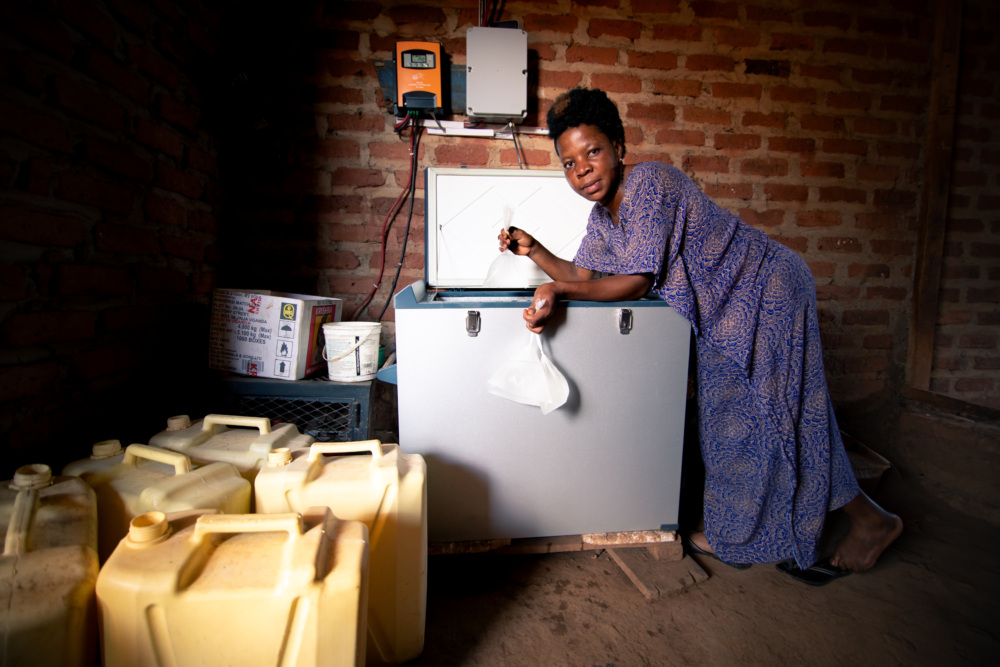Total Cost of Ownership of Domestic Gas and Electric Hobs in Europe
Summary
This paper explores the cost of ownership of gas and electric hobs, shedding light on the economic implications of cooking with these appliances.
The use of fossil gas in cooking must be phased out to meet net zero targets in the European Union (EU) and the United Kingdom (UK). Research shows that gas hobs emit harmful pollutants and are less efficient than electric hobs, although public awareness of these issues is low.
Upcoming policy revisions by the European Commission and the UK government offer an opportunity to address these challenges. However, the research available to policymakers does not consider differences in emissions and efficiency between appliance types, potentially leading to a lack of understanding of the costs and benefits associated with transitioning to electric hobs.
To address this knowledge gap, this report provides an overview of the total cost of ownership for gas and electric hobs in the EU and UK. The analysis assumes that these appliances are purchased and installed in 2026.
Findings include:
- Contrary to the perception of gas hobs being cheaper, electric hobs are more cost-effective in a few European countries, particularly in the Netherlands, Portugal, and Sweden.
- All three electric hob technologies (hotplates, induction, and infrared) offer lower total costs of ownership than gas hobs, on average.
- The average purchase price of induction hobs remains higher compared to other technologies, but moderate government incentives can make induction hobs affordable to more households.
- In the UK, hotplates are the most affordable option. However, the total ownership costs of all three electric hob technologies are quite similar and significantly lower than gas hobs.
- Price fluctuations may impact the total cost of ownership over time.









